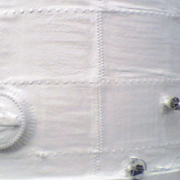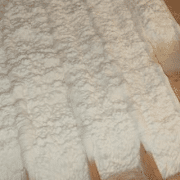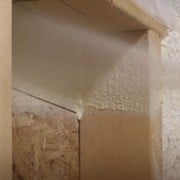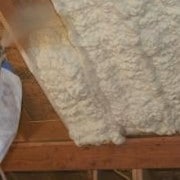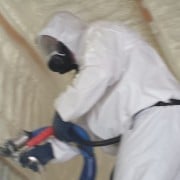Utility Knife – The Tool You Can’t Live Without
[ad_1]
From the home and garden to the garage and basement, home owners frequently face repair and honey-do projects that require one of the most basic tools – the utility knife. Its versatility and strength makes it a tool no homeowner should be without.
Looking to add insulation in your home to get a handle on your utility bills? There’s nothing like a cold, windy winter to bring out the cracks and areas in your home that could use some additional insulation. You can easily reduce the cost of the project by doing the work yourself.
Assembling the appropriate tools for the job is pretty straightforward. In addition to a utility knife, have on hand fiberglass insulation, work gloves, a measuring tape, staplers, a dust mask, and stepladder, if needed. A wooden pole can also be useful if you’re going to be pushing insulation into roof rafters or other hard-to-reach areas. Also, if you’re working in the attic or other area where there is no light source, use portable clamp lighting.
As you place the insulation between the studs, joists and rafters, staple it into place. Use scraps of insulation in open areas where heat loss can occur. Your utility knife comes in handy for cutting the insulation when necessary to fit specific areas. Make sure the insulation is placed paper/foil side down before making any cuts with the utility knife. Follow up with caulk in areas around windows and doors where drafts can get through.
Utility knives are also the tool of choice when it comes to replacing worn-out carpeting. Removing carpeting is a fairly simple do-it-yourself project, and can save you money if you’re having new carpet or hardwood installed.
In addition to a utility knife, have masking tape, a pry bar and hammer on hand. You’ll want to begin in a corner of the room where you can pull the carpet from the tack strip. Approximately three feet in from the corner, cut a strip of carpeting wall to wall with your utility knife. Then, begin rolling the cut strip of carpeting, pulling it from the tack strip as necessary. Secure the three-foot section with masking tape. Continue cutting and rolling the 3-foot strips until all the carpeting has been removed. Repeat the same method with the carpet padding. The pry bar and hammer are good tools for removing the tack strip if you will be replacing the carpeting with hardwood. Otherwise, the tack strip can remain in place.
Repairing holes in drywall is not an unusual task for homeowners, either. The project is relatively simple and can make a dramatic improvement in the appearance of your home.
To repair a small hole in the drywall, gather together fiberglass mesh tape, joint compound, a putty knife, sandpaper, and a utility knife. After cutting a 2-inch square around the hole with the utility knife, stretch fiberglass mesh drywall tape over the square. Apply a layer of joint compound and smooth it with the putty knife, blending the edges into the wall. Repeat the steps several times to completely cover the hole. Finish up by sanding the final layer with fine-grit sandpaper.
For larger holes, follow the first step as above with a utility knife or keyhole saw. Use strips of plywood, cut three to four inches larger than your opening, and fasten inside the square with drywall screws. Measure and cut a drywall patch to fit inside the square, followed with fiberglass mesh drywall tape. Apply several layers of joint compound, using the putty knife to smooth the ridges in between coats. As with small-hole repairs, sand the final layer of joint compound using fine-grit sandpaper.
[ad_2]


